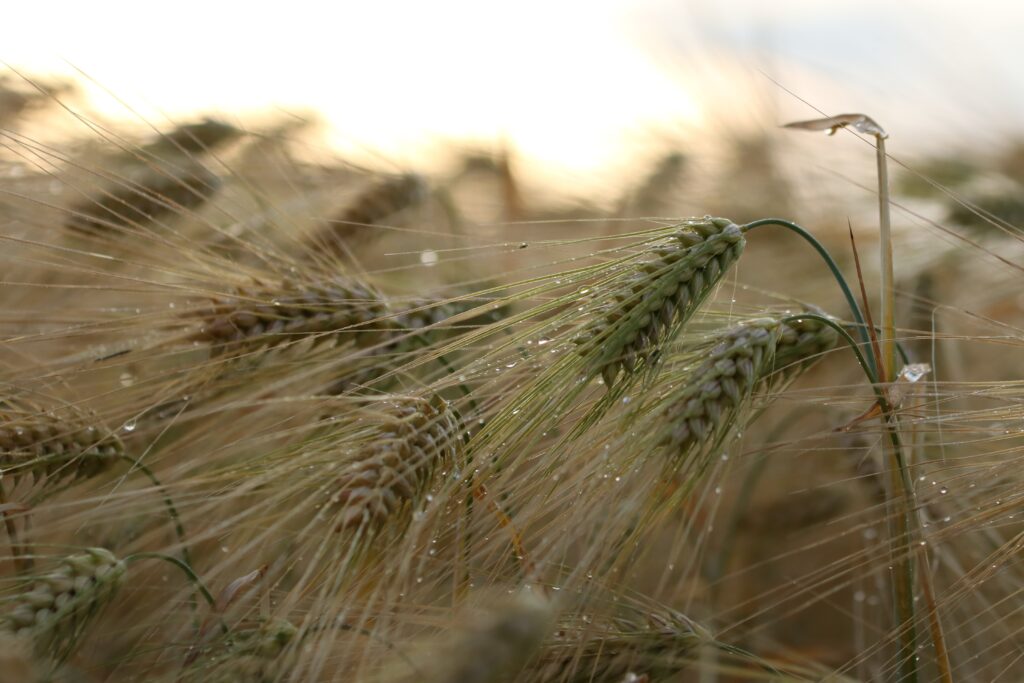The Invisible Farmers We Never Knew About

Modern agricultural science has indeed cultivated some super-powered plants, and while we humans have proudly taken credit for these agricultural marvels, new research led by molecular microbiologist Jacob Malone from the John Innes Center in the UK suggests we’re not the only cultivators in the game. According to this study, plants themselves are adept at shaping their own ecosystems to ‘farm’ their preferred microbial species.
The research focused on barley (Hordeum vulgare), a staple crop behind much of the world’s beer production, revealing that it actively manages the microbial communities around its roots by adjusting the sugars it secretes. This insight sheds light on an often-overlooked aspect of agricultural science: the microbiome of the soil in the rhizosphere—the area directly surrounding a plant’s roots.
Beneficial microbes are critical for a plant’s survival, offering enhanced nutrient uptake, disease suppression, and immune activation. However, the relationship with microbes like Pseudomonas is competitive; these microbes can colonize a wide range of hosts, prompting plants to actively engage in attracting beneficial microbial communities.
The study, which involved two barley cultivars, Chevallier and Tipple.
The team grew these barley varieties in a controlled environment and analyzed their rhizospheres. They found that the Tipple variety attracted significantly more Pseudomonas bacteria, likely due to higher levels of simple sugars in its root secretions. In contrast, the Chevallier variety supported a more diverse microbial community and exerted more control over its soil fungi, promoting certain species while almost completely excluding others.
Published in PLOS Biology, this research paves the way for future studies to explore how these dynamics play out in actual farm fields and the extent to which they can be harnessed to enhance agricultural sustainability and productivity.